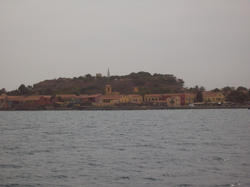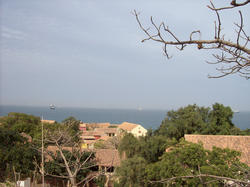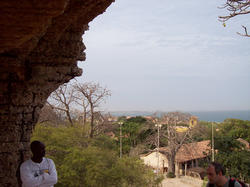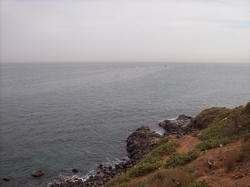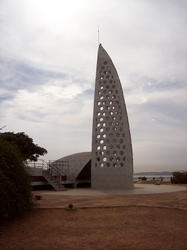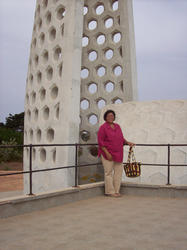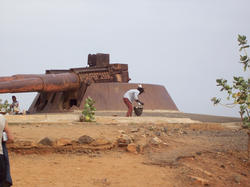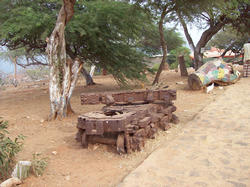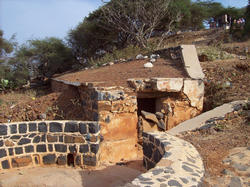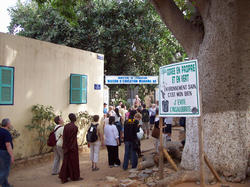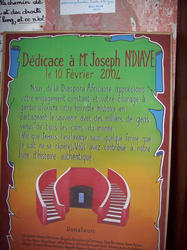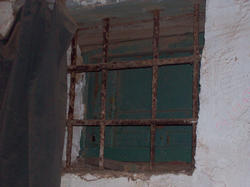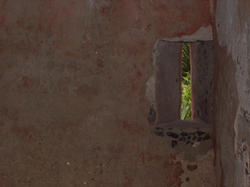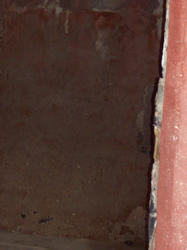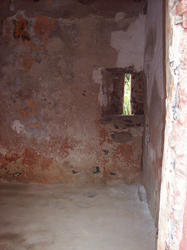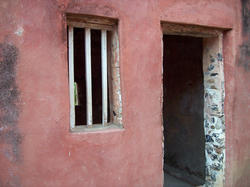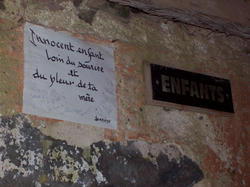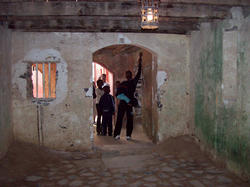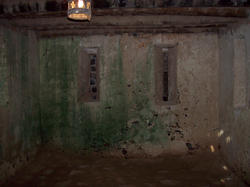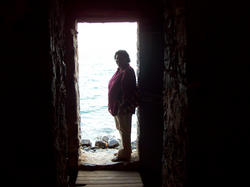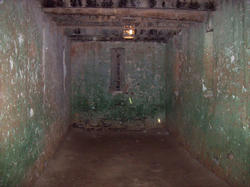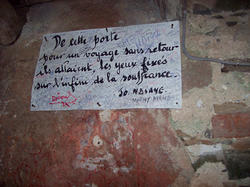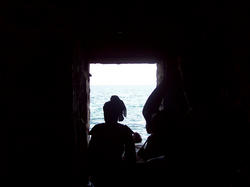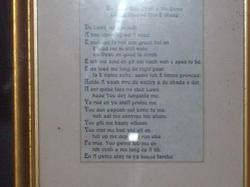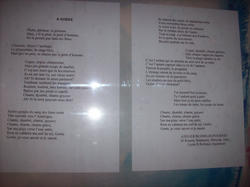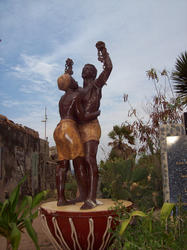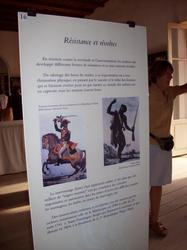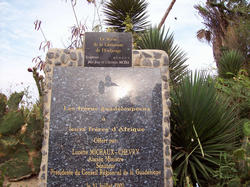Goree Island
Goree - The Island of Memories
There are a few websites that I found that give excellent descriptions of Goree Island and the history of the slave trade in the Senegal region of West Africa. Please visit them for more information: http://www.au-senegal.com/decouvrir_en/geo_goree.php and http://webworld.unesco.org/goree/.
In the actual Slave House on Goree Island, there is an old man who is a part of history himself. He is the Conservator of the museum in the Slave House. We have heard many times of African Griots, keepers of the history, who tell the stories from one generation to another. Well Babacar Joseph Ndiaye, is one such man; a famous decorated soldier and the “oral guard of the history” of the Slave House of Goree. Please visit this site for an indepth profile of this fascinating man, who gives such an emotional account of the history of this house. I will definitely be working to add the video I took of him to this website. http://translate.google.com/translate?hl=en&sl=fr&u=http://www.afrik.com/article9804.html&sa=X&oi=translate&resnum=3&ct=result&prev=/search%3Fq%3Dboubacar%2Bjoseph%2Bndiaye%26hl%3Den
Update: Mr. Ndiaye died in 2009. Evidently he became severely ill and some people who knew this took up a collection to help with his hospital bills. But I will always remember meeting this great man, and spending just a few minutes with him in "his" world, as his goal in life was simply to protect the history...tell the stories...and help us to remember.
